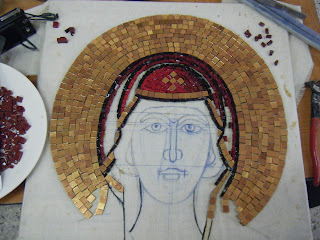1. Stop signs are.... always optional.
2. It IS ok to put a baby on a motorcycle without a helmet and a seat. On your lap holding them with one hand is the preferred way.
3. Dont know how to drive a stick shift? No problem: just rev the engine up higher and dont shift out of first gear.
4. Is there a 500 ft drop 6 inches off the side of the road? That is ok, you can still drive a little faster around those hairpin turns.
5. You can stop anywhere at anytime if you just put your flashers on.
6. Yes, 6 mopeds do fit in one parking spot. In fact, you dont even need a parking spot. Feel free to go ahead and make your own.
7. Speed limit? Make sure to always go over the given number by at least 30km/hr.
8. When driving, always answer your phone by yelling, even if your fellow passengers cant tell that your phone even rang.
9. Your horn can be used for beeping at anything.... literally anything.
10. Is there no room for your Asian friend in the car? He will always fit in the trunk.
Tonya
2. It IS ok to put a baby on a motorcycle without a helmet and a seat. On your lap holding them with one hand is the preferred way.
3. Dont know how to drive a stick shift? No problem: just rev the engine up higher and dont shift out of first gear.
4. Is there a 500 ft drop 6 inches off the side of the road? That is ok, you can still drive a little faster around those hairpin turns.
5. You can stop anywhere at anytime if you just put your flashers on.
6. Yes, 6 mopeds do fit in one parking spot. In fact, you dont even need a parking spot. Feel free to go ahead and make your own.
7. Speed limit? Make sure to always go over the given number by at least 30km/hr.
8. When driving, always answer your phone by yelling, even if your fellow passengers cant tell that your phone even rang.
9. Your horn can be used for beeping at anything.... literally anything.
10. Is there no room for your Asian friend in the car? He will always fit in the trunk.
Tonya




































